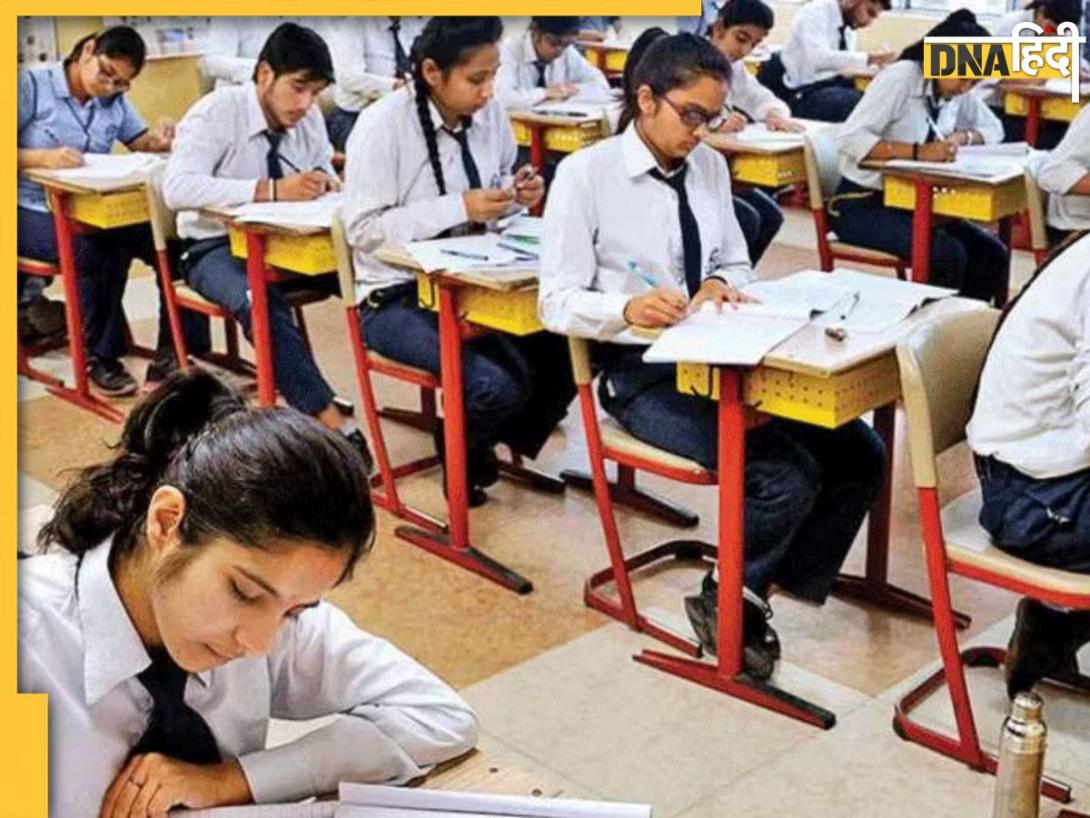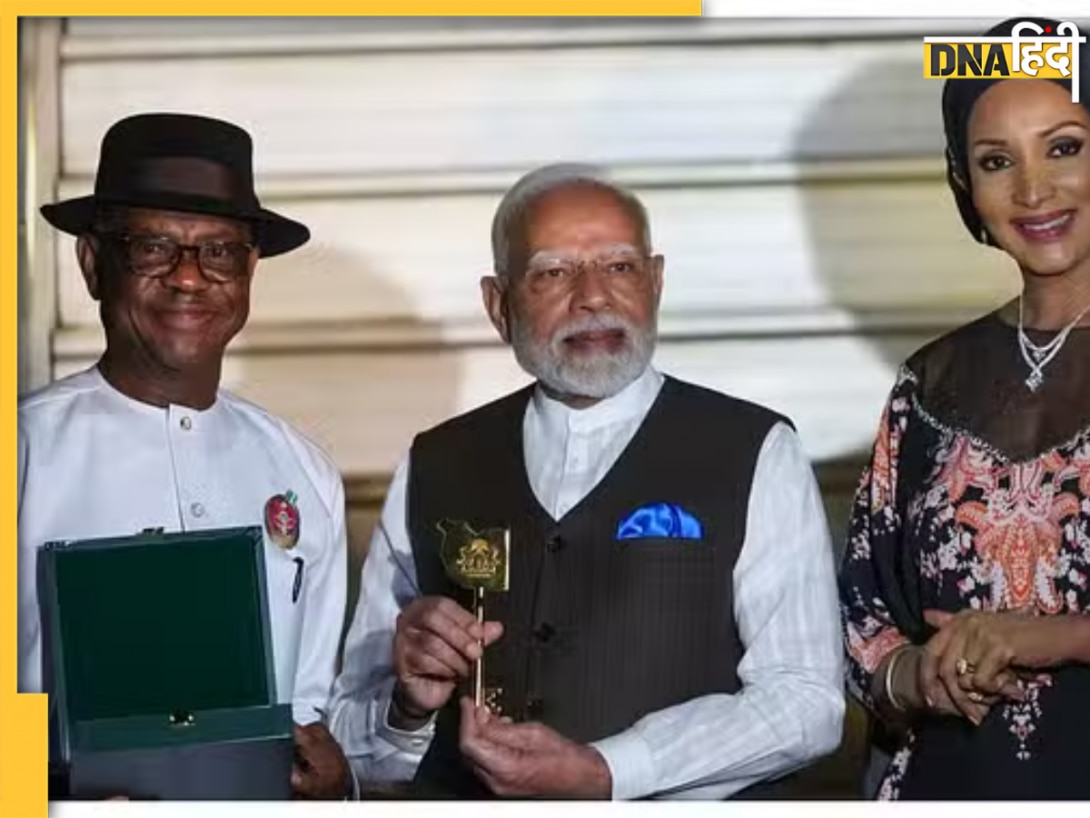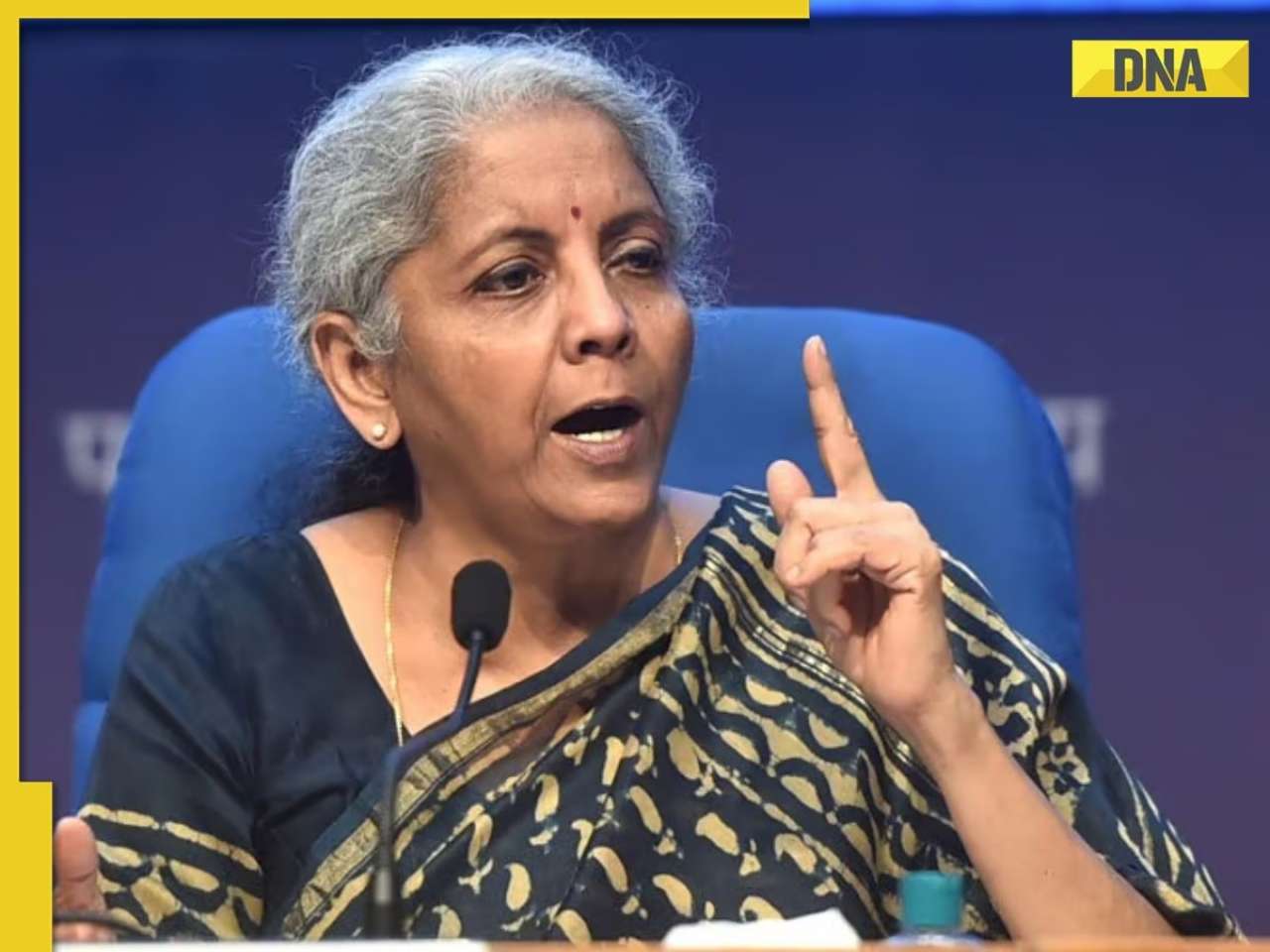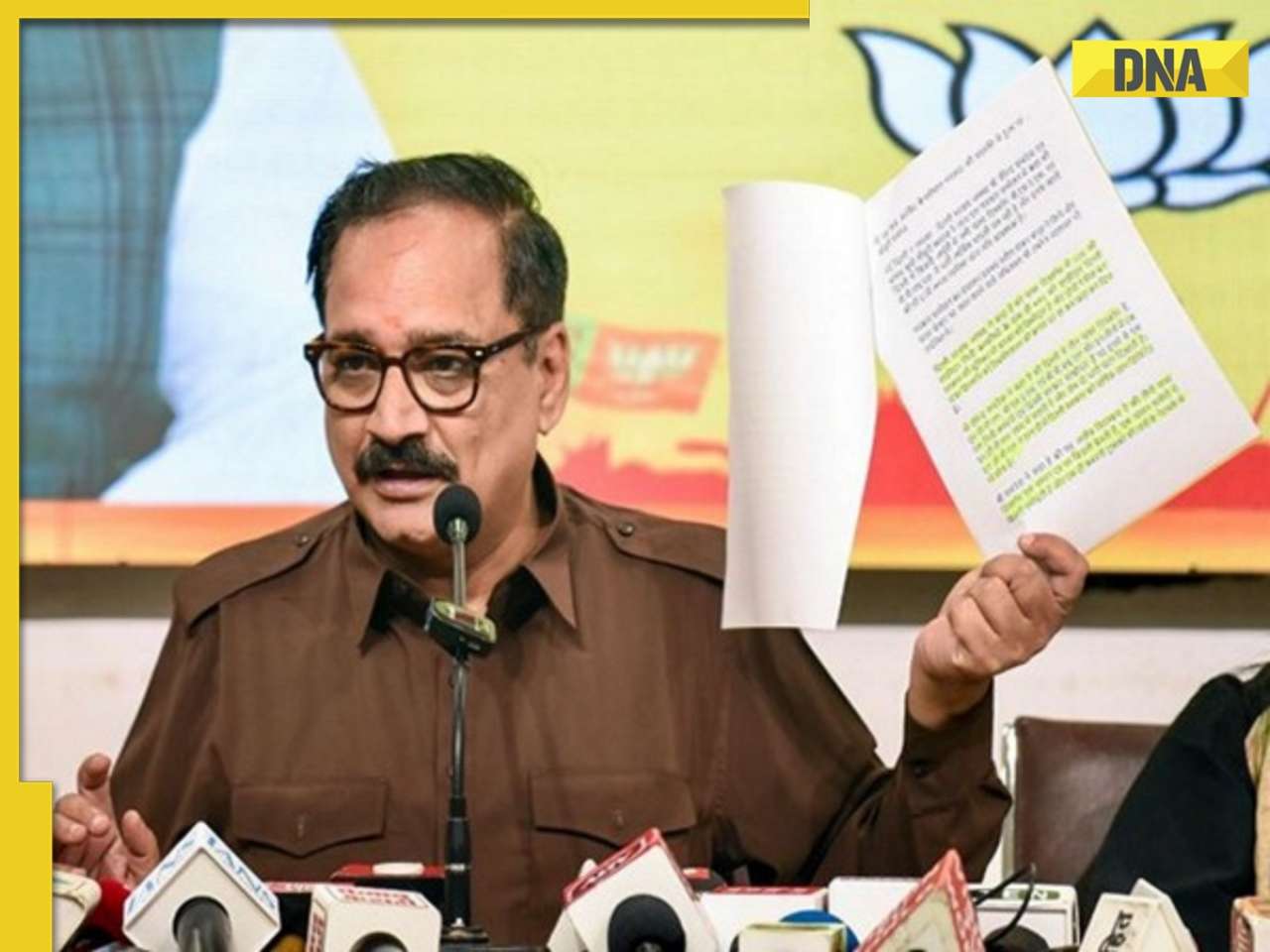- LATEST
- WEBSTORY
- TRENDING
LIFESTYLE
The gift of a room to read
Former Microsoft executive John Wood had a life-transforming moment when he wandered into a rural school during a Himalayan trek — he decided to leave the boardroom to focus on the classroom.
TRENDING NOW
At the Giri Nagar municipal primary school in South Delhi, the ‘library’ is a small steel almirah stocked with clean, freshly minted books, which is replenished every year. The only hitch — the almirah is permanently locked to ‘protect’ the books from being damaged by the children.
But luckily for the students of this school, they can get their grubby little fingers on the picture books now on display in a colourful corner of their classroom, set up by Room to Read (RTR), an organisation working to put books in the hands of underprivileged children across the world.
“My mother says we can’t afford to buy books, but I love to read books like these,” says 7-year-old Sonia Rawat, pointing to her current favourite — a Hindi board book on animals. Sonia and her friend Anjali Yadav are both eager readers, and are often the first with their hands raised in the recitation class run by RTR’s project partner Sakshi. “In the three years the project has been running, the reading habits of the children have improved substantially,” says Chandra Kiran Malik, a teacher at the school. “Earlier, kids at that stage could not even figure out alphabets, leave aside words and sentences.” This change is at the heart of RTR’s efforts, which sees education as the key to helping children break out of poverty.
Business-like practices
Ironically for an organisation that has changed the direction of so many lives, Room to Read began with a small detour taken in 1998 by its founder John Wood, while on a trek through Nepal. Wood, then a fast rising executive with Microsoft, wandered into a small rural school where he was shocked to find the few books in the library — backpacker castoffs including a Daniel Steele romance and a Lonely Planet Guide to Mongolia — behind lock and key. The headmaster’s parting words — “Perhaps you will return with more books” — led to a new chapter in Wood’s life. Today, Room to Read has distributed nearly 6 million books through libraries and literacy programmes across seven countries in Asia and Africa. In India, it runs libraries in over 1,500 schools across eight states.
What sets RTR apart is its use of hard-nosed corporate practices in the non-profit industry. “People associate NGOs with handouts, but we are completely driven by outputs, results and productivity,” says Reena Luke, communications head, Asia region. “Donations are rigorously monitored, and since most of our top management have worked with MNC’s, the work culture has trickled down.” Perhaps that is why RTR has bagged a clutch of awards for social entrepreneurship each year since it was formed. “Our year-on-year revenue, as a percentage, grew faster than that of Apple, Starbucks or even Google,” points out Rajesh Bhattacharya, development officer, India. “It is very business-like, just not profit-oriented.”
It is no surprise then that in earlier interviews, Wood has said that his ambition is to open libraries and schools as fast as Starbucks opens coffee shops. So far, RTR has set a spanking pace — since it was founded in 2000, the organization has opened over 7000 libraries. In 2008, RTR established a library at an average of one every 4 hours.
Community involvement
At the heart of this growth story is RTR’s strategy of involving the community in its efforts. Initiatives like ‘challenge grants’, for instance, require villagers to contribute to the project by providing land or labour for opening a reading room in their area. While these concepts may seem difficult to implement, Wood points out that, “In India, like in every other country where RTR works, parents will lug concrete, help build walls, paint - do whatever they can to ensure that their children have a school or library to attend.” This emphasis on local ownership of projects has not only improved their sustainability but is also the cornerstone on which RTR has built up its wide scale of operations around the world. “We train local staff and continue monitoring the projects even after phasing out our involvement at the end of three years,” says Luke. For this reason, says Wood, the organisation gets requests from more communities to partner with them in creating schools and libraries than it can accommodate.
The other key to RTR’s rapidly expanding reach is its decision to work with governments. In India, RTR has tapped into the network of the Sarva Shiksha Abhiyan (Education for All Initiative), opening reading rooms in existing municipal schools. In addition, it works with 50 local NGO partners to train teachers, administer the libraries and run reading enhancement programmes in these schools. “It is the quickest way to create radical change, since the infrastructure is already there,” says Bhattacharya. “We just have to improve the quality of the inputs.”
In the Giri Nagar school, for instance, RTR’s partner organisation Sakshi has set up hanging displays of books in every classroom which children can dip into during their free time. They can also borrow and take home the books from the RTR corner and even get them dog-eared without getting into trouble. With their bright colours and acessibility at an inviting height for children (tall almirahs are a strict no-no), these ‘corners’ are designed to “attract children with their warmth and stories, like a mother does,” says Bhattacharya.
Local connections
Besides encouraging children to read on their own, these spaces are also used for group activities with books at their centre. “We train teachers to use the stories to create mime and puppet shows, hold read-aloud sessions and poetry writing exercises,” says Luke. “The idea is to bring the books alive for children.”
In addition, RTR also uses what Wood describes as its “special sauce” — a strong local language publishing programme that creates books that children can identify with. “When we were about to enter Jharkhand last year, we couldn’t use the books developed in Delhi,” recalls Bhattacharya. “We had to identify local writers and illustrators who could work around the strong tribal culture of the region to create new books for us.” When artists for a particular region could not be found, RTR commissioned a photographer to spend long periods of time with the community and photograph every aspect of their lives, which were used to create images for the books. “This kind of commitment is essential to create books that will speak to children,” says Bhattacharya.
Opening minds
Perhaps the biggest challenge for RTR staffers is creating the idea of reading for pleasure, in places where even adults lack access to books. “Parents often prefer their children to read ‘course books’ over anything else,” says Luke. “But our idea is to use reading as a tool not just to improve skills, but to open minds.”
Ironically, while RTR’s work is fairly well known in the US, it has maintained a low profile in India, even as it prepares to meet its goal of reaching out to 10 million children by 2020. But in a world where books are going digital and schools are replacing their libraries with new-age ‘learning centres’, isn’t RTR’s emphasis on books something of a dated concept? “Books are important because of the entire culture that exists around them,” argues Bhattacharya. “In India, digital technology is too dependent on factors like trained teachers and regular electricity. Books don’t need any of that. They will be around for a while yet.”
(With inputs from Malini Nair)








)
)
)
)
)
)
)
)
)
)
)
)
)
)
)
























































